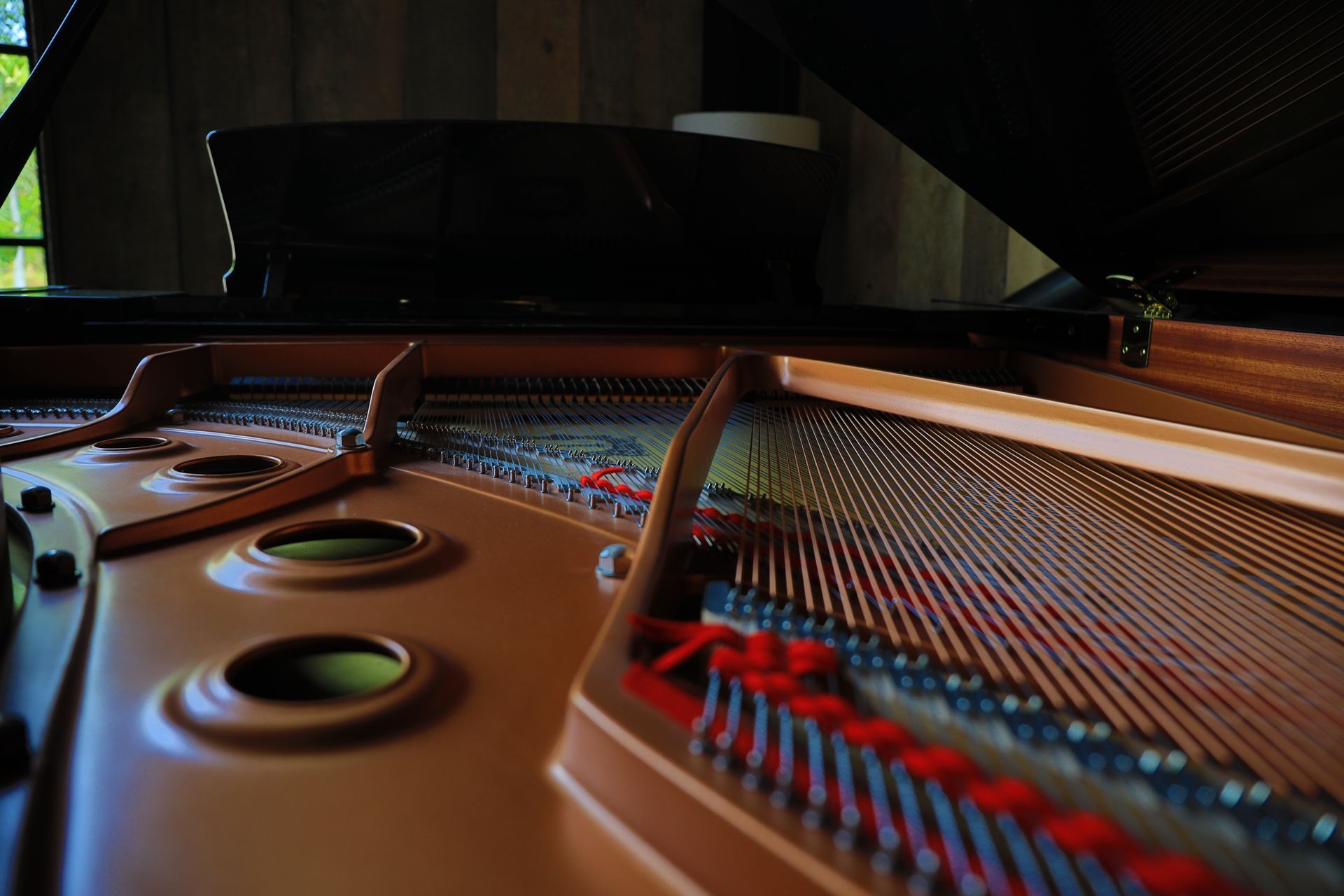December 2020 Update
What a year! We've got one last update for 2020...
Well, where to begin.... 2020 has been a very big year for StaffPad. Back in February, when the world was relatively normal(ish), we launched the biggest update we've ever done; added countless new features such as realtime parts over WiFi; and brought the world of StaffPad to the iPad.
It's amazing to think that a project which started out as an idea in a studio cafe has resulted in a professional tool used on major projects - from films such as Disney/Pixar's "Onward" to spellbinding live events at the Royal Albert Hall. Best of all, it's inspired many of you to pick up your pen (or Pencil) and write some music - which, after all, is the whole point!
StaffPad is still a young product, and there's a lot more to do. We're working hard on some very large features which I think you're going to love, and we'll have more news to share next year.
One of the things I've most enjoyed about this year is the sense community that's blossomed around StaffPad. If there's one thing that 2020 has taught us, it's that having a supportive community around us is incredibly important. For StaffPadders, there's some great places to hang out, like the Facebook StaffPad User's Group, or the StaffPad section of Vi-Control.net.
Many of you have enquired about whether we'll be opening our own StaffPad forum. We've given this some serious thought, but have decided to take a bit more time to make sure we get a truly integrated, useful and valuable addition to the StaffPad community: a place to belong; not just ask questions. We have some big plans in this area, and we'll start on that journey next year.
Whew! With that said, let's take a look at what's new in the December 2020 update to StaffPad...
New Symbols
We've added new symbols to StaffPad's palette.
Breath mark
We've added the breath mark, or comma, to the palette. To insert a breath mark, open the palette and tap the breath mark tile. Tap with the Pencil to add them to a note. Breath marks will shorten the note that they're attached to. In some upcoming instrument libraries, you'll even be able to hear the musician take a breath!
Grace notes
We've always been able to convert notes into grace notes, but now we've added the ability to define whether these grace notes are acciaccaturas or appoggiaturas.
The grace note brush is now direction sensitive: drag up or down with the Pencil to convert between acciaccatura or appoggiatura. An acciaccatura has a small slash through the stem, and these will play back before the note. An appoggiatura looks very similar, but without the slash through the stem, and they'll play back on the main note position itself - we've still got a bit of work to make these sound correct, but we're getting there!
Staccatissimos, Staccatos, Accents, Marcatos, and Tenutos.
These have always been available by drawing them in ink. However, sometimes it's useful to add these articulations to lots of notes in one go. So, we've added brushes for them.
The Staccato tile is direction sensitive. As you brush through the notes to apply the articulation, move your Pencil up or down to change from staccato to staccatissimo.
The same is true for accents; drag up whilst inserting to change the accent to a marcato.
Tenutos are straight forward. Just paint these in, or brush over them again to remove them.
Key commands
Whilst StaffPad is designed for touch and pen, there are some key commands available to use if you wish. These have been available on Windows for a while, but we're bringing them to iPad too. This could be useful if you have a Magic Keyboard for your iPad; an Apple Silicon Mac, or a bluetooth keyboard and mouse connected.
Some highlights - move your cursor over a staff and press "M" to mute the staff under the pointer. Or "S" to solo it. Press "T" to quickly add text at your current pointer position. You can quickly search for scores on the Welcome Page, or staffs in the staff list, just by typing. Press escape to return to the default score and editing mode. One iOS tip: if your keyboard doesn't have an escape key, you can use cmd+period to quickly cancel any mode or screen and get back to your score.
Languages
We've started the process of bringing the StaffPad experience to more languages. So far, we've added some translations for 12 different languages: Arabic, Chinese (simplified), Chinese (traditional), French, German, Italian, Japanese, Korean, Norwegian, Portuguese, Polish, Russian and Spanish.
However, this is still a work in progress, and it's definitely new territory for us -- although the languages have been professionally translated, we need your help to improve them. There may be areas in the app where you notice the translation is slightly off given the context, or the UI doesn't quite look right. We hope to rectify these issues as quickly as possible, and have done our best so far - but we would really appreciate your help in making it better.
If you would like to help improve translations for your language, please do get in touch with us at translate@staffpad.net and we can provide instructions on how to help.
If, for now, the localisations are a hindrance rather than a help, and you would prefer to return StaffPad to English, you can use the language selector in the StaffPad app settings on Windows, and within the iPadOS Settings app on iPadOS (Settings -> StaffPad -> Preferred Language).
There are still some big parts of the app that need to be translated, and we still need to work on translating the help guide
(although we have added the option for Google Translate), the website, captions for the videos and tutorials, and even this blog. In other words, this is very much a first iteration and there's still lots to do, but we're learning a lot!
All the little things
There's several smaller improvements and lots of fixes in this update. MusicXML import is improved, the handwriting recognition is improved, and we've fixed a number of bugs. You can choose how the score view follows the playhead; centred, or per page. There's improvements in layout, and in playback, such as . In the Reader, you can set a maximum number of bars per line, or choose bar numbering for every bar, 2 bars or 5 bars, instead of just every system. You can reset the volume/pan/reverb sliders by double tapping on them.
The sun never sets on the StaffPad team - we span all time zones! Whilst that's not great for my sleep patterns, it does mean we are able to work at a fantastic pace. Behind the scenes, we've been diligently working away on general code health, making great progress on larger features coming up, plus improving some of our bespoke tools which will enable us to move even faster in the future. We've made great progress in 2020, and have some wonderful things coming up in 2021. I'm excited!
We hope that 2020 has been, all things considered, a successful year for you. We have some exciting things to announce next year, and we'll look forward to seeing you for a bigger, brighter 2021.
Happy Holidays and our very best wishes,
The StaffPad team

